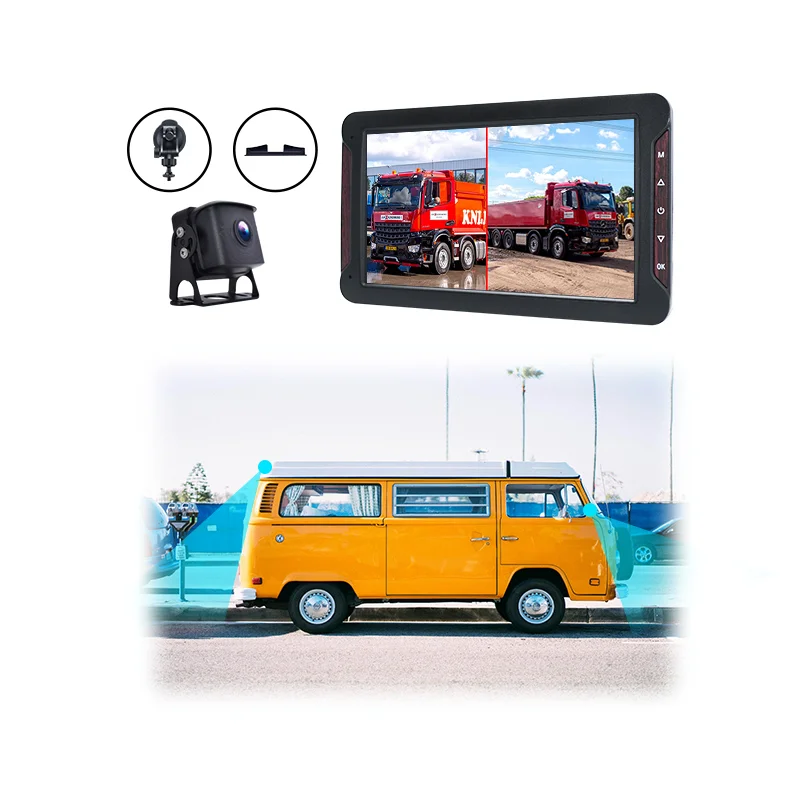Navigating the World: The Rise of the Most Popular Transportation Vehicles in Modern Society
In an increasingly interconnected world, the way we move from one place to another has evolved dramatically over the years. The question of what constitutes the most popular transportation vehicle is not merely a matter of preference; it reflects broader trends in technology, urbanization, and environmental consciousness. This article delves into the various modes of transportation, examining their popularity, functionality, and impact on society.
The Landscape of Transportation Vehicles
Transportation vehicles can be broadly categorized into several types: personal vehicles, public transit, bicycles, and emerging technologies such as electric scooters and autonomous vehicles. Each category serves different demographics and purposes, contributing to the overall dynamics of urban mobility.
- Personal Vehicles: The Car Culture
For decades, the automobile has dominated the transportation landscape, particularly in Western countries. Cars offer unparalleled convenience, allowing individuals to travel at their own pace and schedule. According to the International Organization of Motor Vehicle Manufacturers (OICA), there were over 1.4 billion cars on the road globally as of 2021, a figure that continues to rise.
However, the popularity of personal vehicles is increasingly being challenged by concerns over traffic congestion, environmental impact, and the rising costs of ownership. In urban areas, the car-centric model is being reevaluated, leading to a shift towards more sustainable options.
- Public Transportation: A Collective Solution
Public transportation systems, including buses, trains, and subways, are vital for reducing urban congestion and minimizing carbon footprints. According to the American Public Transportation Association (APTA), public transit saves approximately 4.2 billion gallons of gasoline annually in the United States alone.
Cities like Tokyo, New York, and London have invested heavily in their public transit infrastructures, making them efficient and reliable options for millions of commuters. The rise of mobile applications for real-time tracking and ticketing has further enhanced the appeal of public transportation, making it a popular choice for urban dwellers.
- Bicycles: The Eco-Friendly Alternative
In recent years, cycling has surged in popularity, particularly in cities that prioritize sustainability and health. The World Health Organization (WHO) advocates for cycling as a means of promoting physical activity and reducing air pollution.
Bike-sharing programs have proliferated in urban areas, providing an accessible and cost-effective means of transportation. Cities like Amsterdam and Copenhagen are often cited as models for integrating cycling into their transportation networks, demonstrating that bicycles can coexist with motor vehicles in a balanced ecosystem.
- Emerging Technologies: The Future of Mobility
The advent of electric scooters and ride-sharing services has transformed the transportation landscape, particularly among younger demographics. Companies like Lime and Bird have popularized electric scooters as a convenient last-mile solution, while platforms like Uber and Lyft have revolutionized how people think about personal transportation.
Moreover, the development of autonomous vehicles promises to reshape the future of transportation. Companies like Tesla and Waymo are at the forefront of this technology, which could potentially reduce traffic accidents and improve efficiency. However, regulatory challenges and public acceptance remain significant hurdles to widespread adoption.
Factors Influencing Popularity
The popularity of transportation vehicles is influenced by various factors, including:
- Urbanization: As more people move to cities, the demand for efficient and sustainable transportation options increases.
- Environmental Concerns: Growing awareness of climate change has led to a shift towards greener alternatives, such as electric vehicles and public transit.
- Technological Advancements: Innovations in mobility technology, including electric and autonomous vehicles, are reshaping consumer preferences.
- Economic Factors: The cost of ownership, fuel prices, and public funding for transportation infrastructure play crucial roles in determining the popularity of different vehicles.
Conclusion: The Future of Transportation
As we look to the future, the question of what the most popular transportation vehicle will be remains open-ended. While personal vehicles have long held the title, the rise of public transit, cycling, and emerging technologies suggests a shift towards more sustainable and efficient modes of transportation.




